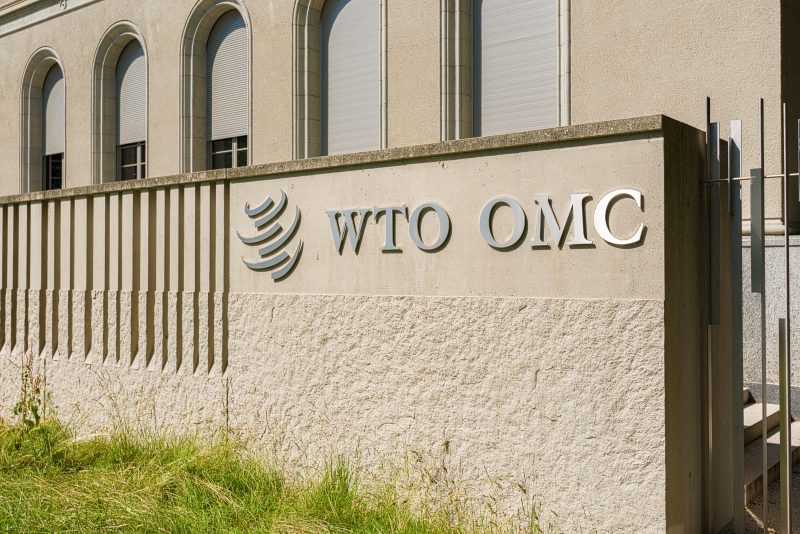The commerce ministry issues a Cabinet note to discontinue the Merchandise Exports From India Scheme (MEIS). The Cabinet note also suggests moving MEIS to a more WTO-compatible system. Some financial sources speculate that this step was initiated because countries like the United States challenged India’s export “subsidy” programmes.
The new scheme will provide a refund on both the state as well as central levies in phases. Refund will be provided with regards to inputs utilised in exports as well as various sectors. The ministries of commerce and finance (revenue department) will be monitoring the scheme.
According to this scheme, the government will provide exporters with a duty credit scrip at 2%-5% depending on their export turnover, specifically to exporters belonging to the labour-intensive sectors. The government will provide duty credit scrip based on shipment destinations and products.
With the new scheme, the plan is to refund levies which are not reimbursed via freely transferable scrips. The duty drawback panel, along with the inter-ministerial representation, will be responsible for fixing the rate of scrips for several products.
While the scope of commodities under GST is enormous, a few of them remain outside GST’s ambit such as petroleum and electricity. On the other hand, other levies such as stamp obligation, mandi charge, embedded CGST, compensation cess, etc., remain functional without any rebated.
Also Read: GST Collections pass the Rs. 1lakh croremark
A scheme for the remission of state and central levies has already been executed concerning the garments and made-up exports. The Foreign Trade Policy (FTP) which is set to go live starting from April 2020, might bring in reconditioning of various export schemes. On account of discontinuing MEIS, the loss of revenue for the government is estimated at Rs 30,810 crore annually.
In FY 19, Rs 3,664 crore was allocated by the government with regards to the remission of state levies concerning garment and made-up exports. Nonetheless, in March this scheme’s compensation level was expanded to include even the central levies, embedded taxes were considered too. Therefore, currently, the potential revenue loss is estimated to be Rs 6,300 crore a year.
The government has clarified that the potential revenue loss due to such schemes (inclusive of duty drawback and MEIS) will not qualify to be export subsidies. This is because, in most cases, such schemes will only bring down the impact of imposts, which force the exporters to withstand a complex tax structure. In 2015, the MEIS announcement was made in the current FTP by combining five different schemes.
The WTO’s Subsidies and Countervailing Measures Agreement states that if the per capita gross national income (GNI) of a member crosses $1,000 per year (at the exchange rate of 1990) for three consecutive years, it will have to pull back the export subsidies. WTO notification issued in 2017 affirms that India exceeded the per-capita GNI threshold, for three straight years
India contends that like other countries, who were granted eight years to scrap the export subsidies, it needs more time too.
Bhavana is a Senior Content Writer handling the GST vertical. She is committed, professional, and has a flair for writing. When away from work, she enjoys watching movies and playing with her son. One thing she can’t resist is SHOPPING! Her favourite quote is: “Luck is what happens when preparation meets opportunity”.





